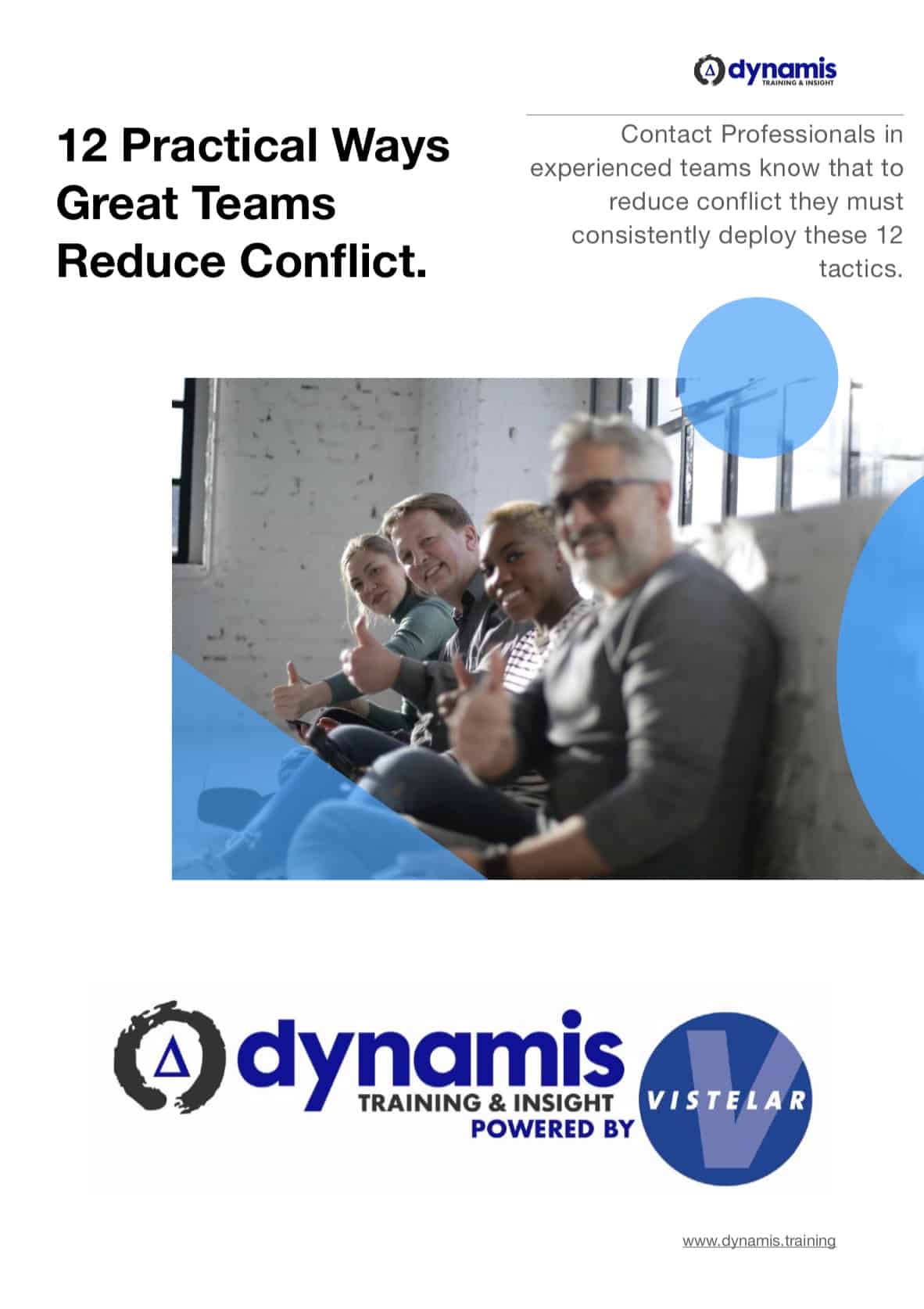Conflict Resolution Redirections
How to Avoid being Skewered by Verbal Abuse:
Conflict Resolution Redirections are used when you are facing difficult behaviour or verbal abuse which might distract you from your communication task.
Gerard O’Dea is a conflict management, personal safety and physical interventions training consultant. He is the training director for Dynamis, a specialist in personal safety and violence reduction initiatives and the European Adviser for ‘Verbal Defense and Influence’, a global programme which addresses the spectrum of human conflict. www.dynamis.training


